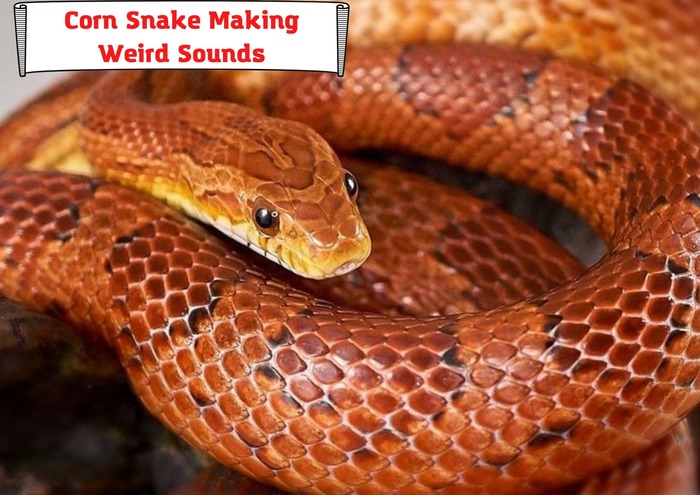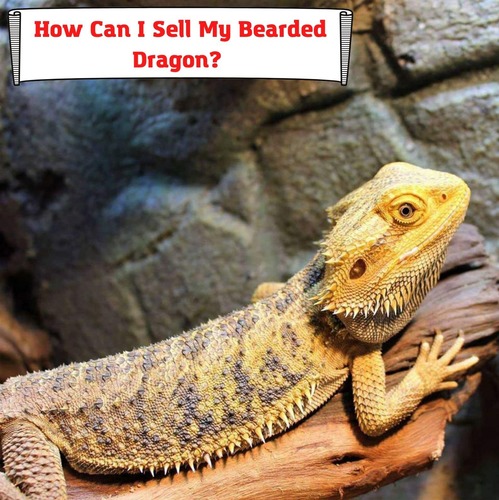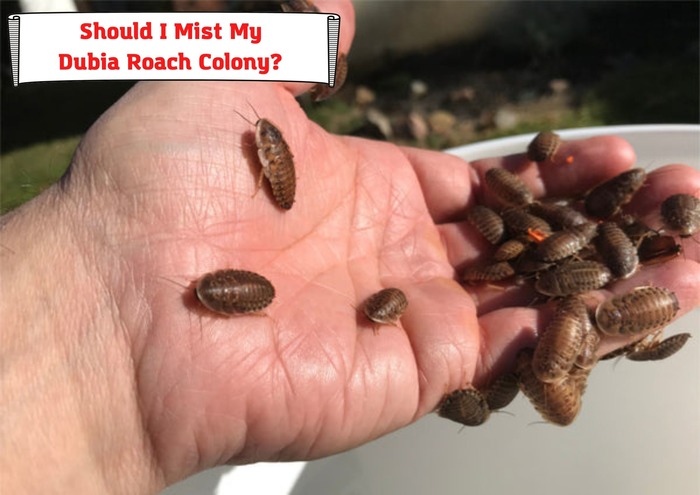A dumpy tree frog (the White’s tree frog) is a good choice for a reptile pet if you are new to reptile pets. The White’s tree frog is easy to tame and sedentary. It is nocturnal, meaning that it will not bother you much during the day. You will like the smiley face and droopy eyes.
The dumpy tree frog can live for 7-10 years with proper care. Some live up to 20 years. We have all the information you need to care for a White’s tree frog to its full lifespan. In this article, you will learn about the housing, diet, handling, and health needs of this frog species.

Housing
One of the best housing tips you can get when considering any wild animal for a pet is to imitate its natural habitat as much as possible. The pet will easily adapt to its new home. Dumpy tree frogs like to climb and rest on trees.
You know that frogs are good jumpers. Hence, you must build or order a tall aquarium (15-20 gallons) and ensure that it comes with a tight top lid. Tree frogs can easily scale the walls and jump out of the cage if left open even for a few minutes.
Here are additional housing tips to consider before bringing the dumpy tree frog home:
1. Maintain the temperature below 85 F
The frog species enjoy lazing in the sun during the day. Allow sunrays into the tank while ensuring that the temperature does not rise about 85 F during the day. You can insulate the tank if you live in a cold area or heat the aquarium in cold weather.
The ideal temperature at night is between 68 and 75 F. Remember that they are more active at night. You can order a thermometer that can stick to the side of the aquarium for you to monitor the temperature, especially during the first few weeks.
2. Choose the right substrate
You are trying to imitate the natural habitat of dumpy tree frogs, which is the warm and wet tropical environment. If you are building the habitat at home, use large and clean gravel and then cover them with enough soil.
You can add coconut fiber or large pieces of tree bark. We insist on large pieces because your now favorite pet may ingest tiny gravel or bark.
It is also important for us to emphasize the need to use chemical-free soil. The White’s tree frogs have porous skin through which chemicals such as fertilizers or insecticides can penetrate into their system. You will soon lose your pet if you do not protect it from contaminants.
3. Cover the bottom
You will use glass to build the habitat so that you can see and monitor the tree frog. The challenge you will soon encounter is that the frog will keep rubbing the glass wall with its nose.
Frogs move and jump around their surroundings. They understand opaque walls but not glass walls. Your pet may try to reach a flying insect outside glass walls and hurt itself.
Covering the bottom with paper will protect the frog from injuries and lead the frog to play with other items in the habitat. You do not need to cover the whole aquarium. A few inches from the ground around the tank are enough.
4. Provide branches for climbing
We are talking about tree frogs. They like to climb on tree branches. You need to create that natural environment at home. Live plants with strong branches are always the best choice. However, you need enough branches, and many plants may crowd the tank.
Use foliage or cork bark to create climbing branches. Adult dumpy tree frogs are heavy. Hence, the branches should support their weight, especially when you put two frogs in one pond.
Remember that your pet is susceptible to disease due to insecticides and other chemicals in the soil. The live plants should not have any chemical residues.
5. Create a sleeping spot
You are already a step ahead with this part when you cover the bottom with paper. You can place one or more pieces of bark across the tank in a way that they dim sunlight in one corner. The tree frog will find a comfortable spot to hide out during the day.
6. Keep the humidity between 60 to 70 degrees
A hygrometer will show you the humidity in the tank. You can maintain the required humidity by misting the tank daily with dechlorinated water. Chlorine is unfit for amphibian pets. An alternative to regulating humidity is to create rain bars at the top.
Remember to reset the hygrometer once or twice a year for correct readings at all times.
7. Create a small water pond
Creating the pond is as simple as filling a dish with bottled or dechlorinated water. A dumpy tree frog rests in the water to drink and rehydrate. Choose a shallow dish and ensure that water does not cover the frog’s nostrils when sitting.
The frog species is good at climbing heights but not swimming. Your pet may drown if the pond is too deep.
8. Use dim lights at regular intervals
Wild animals follow the sun to mark time. Tree frogs are active as the sun goes down and slow as the sun rises. Mimic the same pattern of 12 hours of light and 12 hours of darkness with the tank’s lighting.
If you must use light at night in the area, keep them dim. Allow natural light during the day where possible but with a perfect hiding spot where the pet can sleep. It is advisable to create a habitat outdoors or a spot in your home that receives direct sunrays.
9. Keep the tank clean and safe
Your new pet can turn any plant residue into food, especially when the tank has live plants. Remove any fallen leaves and dirt daily. Use dechlorinated water to clean the walls, floor, or plant pots. In addition, check the sturdiness of branches regularly and remove any warping or broken branches.
Diet
Feeding a dumpy tree frog is easier than you think. Tree frogs feed on insects, crickets, earthworms, roaches, grasshoppers, and moths. The easiest way to feed your frog pet is to place live insects in the habitat and allow the frog to catch them as it would in the wild.
You can buy insects or catch them on your farm but ensure that they have no chemical residues. An alternative feeding method is to place the insects or worms in the frog’s mouth with blunt forceps. Feeding a pet is always a great bonding moment, so you can use forceps occasionally.
Adult frogs (three to five inches long) can feed on mice. Here is a warning. Dumpy tree frogs are prone to obesity. An obese tree frog has ridges above its eardrums, which are a warning for you to reduce the feeding frequency.
Newborn tree frogs feed daily, while small and large tree frogs feed every two to three days. The difference is in the size of the insects. Feed a large tree frog with a few large insects or crickets and small frogs with weeks-old crickets.
You need more than insects to raise a healthy dumpy tree frog. Your pet needed vitamin and calcium supplements. The best way for it with the supplements is to dust the insects with the supplements before feeding the frog.
You can purchase supplements in a local store with supplies for amphibian pets. The frog will dehydrate with the water in the dish. Hence, avoid filling it with distilled water because it lacks important minerals. In addition, the chemicals used to distill water pose health risks.
Handling
Dumpy tree frogs are friendly and easy to handle because they have a high tolerance for temperature and humidity. Hence, you do not need to worry too much about removing your pet from its cage as long as it does not jump off your hands.
Handling is easy because even an adult frog will fit in your hands. However, you need to wash your hands thoroughly before handling the pet because of its sensitive and porous skin. Alternatively, you can put on gloves as long as they are not treated with any chemicals.
Use treated, bottled, or dechlorinated water to moisturize the hand gloves to avoid hurting the frog’s skin. In addition, limit handling to at least two to three times a week.
Common Health Problems
Dumpy tree frogs are susceptive to chytridiomycosis, a disease caused by chytrid fungus. You need immediate treatment if your pet catches this disease. Some of the signs that the tree frog is suffering from the disease are weight loss despite normal feeding and lethargy.
Other common illnesses are edema, Red-leg, and MBD. Edema causes the dumpy tree frog to swell up because of bloating. Red-leg causes the skin to turn reddish, especially near the legs. Red-leg is incurable.
A poor diet without calcium and vitamin D causes MBD. The pet will recover if you treat the condition immediately. You also need to change the diet to avoid a recurrence.
Look out for unusual eating or sleeping habits, bruises or cuts, and foggy or bluish eyes. You need to engage a vet immediately to treat any illness or wound. Luckily, most diseases are curable.
Conclusion
A dumpy tree frog is a friendly and easy-to-handle amphibian pet. Once you get the housing part right, feeding and handling the pet is easy. The pet will be with you for up to 10 years or even more, depending on its feeding habits and health.
- Dumpy Tree Frog as Pet: Lifespan, Tips, and Considerations - June 22, 2023



